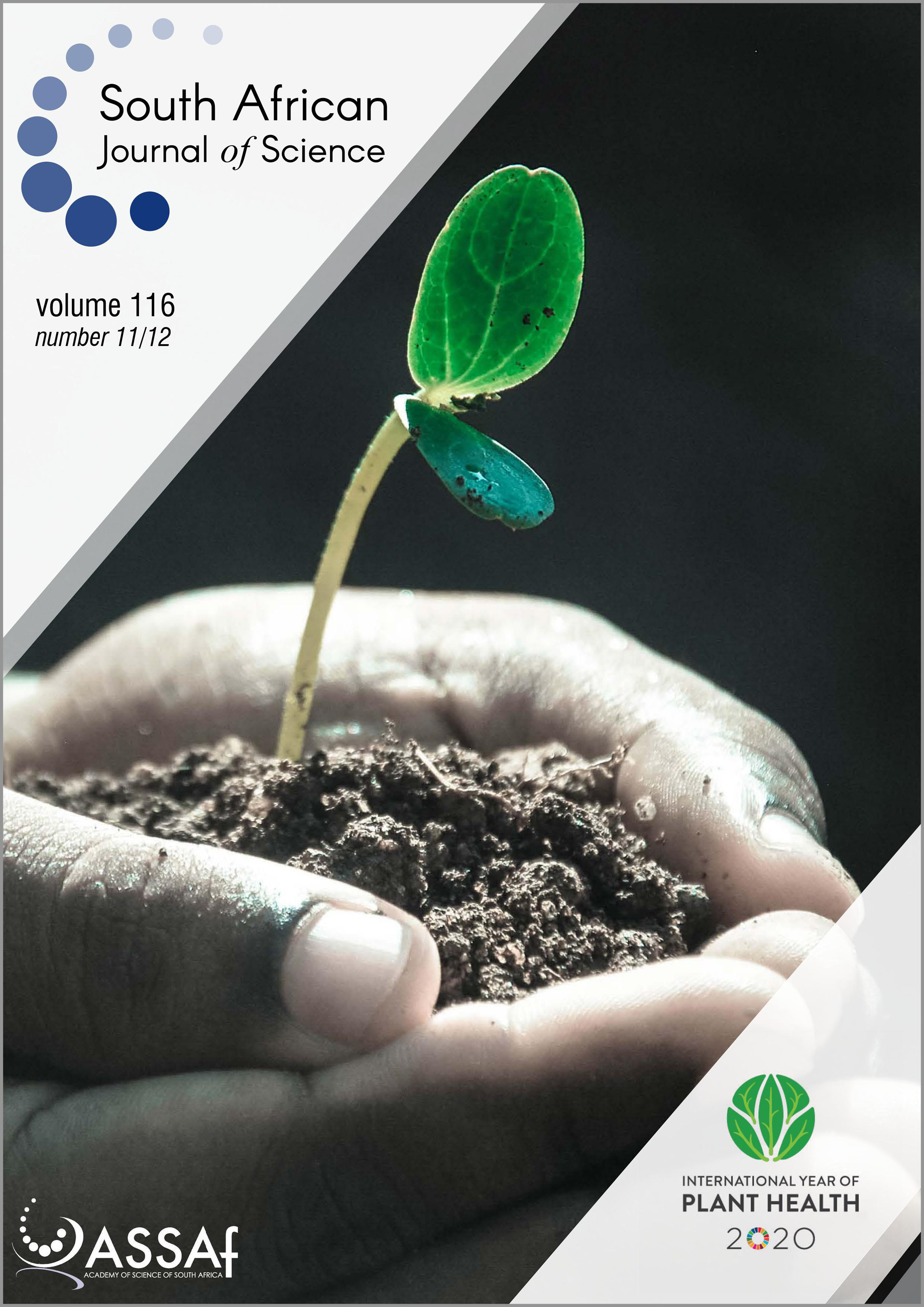The hunt for plant viruses in South Africa: The early days
DOI:
https://doi.org/10.17159/sajs.2020/7916Keywords:
history of viruses, plant virus discovery, diagnostics, agricultural cropsAbstract
Plant viruses cause widespread disease in agriculturally important crops, resulting in a reduction in both quality and quantity of produce. The introduction of intensive crop monoculture has resulted in an exponential increase in viral diseases which can cross over from wild indigenous plants. Viral pathogens also can occur in mixed infections, and rapid, sensitive and reliable diagnostic methods are required to identify and characterise the viruses responsible for the field diseases. In comparison to bacterial and fungal diseases, viral diseases are more difficult to diagnose. This review covers a period (1985–2011) in the history of virus discovery in South Africa during which several plant viruses from commercial and small-scale farms were identified and characterised. Interestingly, novel viruses were discovered in three crops, namely guar and cassava grown by small-scale farmers in Mpumalanga, and in commercial tobacco. The implication of these plant diseases is potential yield loss to farmers which can affect their livelihoods, and result in severe economic loss for the food and agriculture industries. Accurate identification of the causal viral agents of these viral diseases is a prerequisite for development of effective management strategies.
Significance:
- This review provides a historical account of the discovery and characterisation of several viral pathogens of important agricultural crops grown by small-scale and commercial farmers in South Africa.
- Three novel plant viruses were isolated for the first time during the period (1985–2011) of this review.
Published
Issue
Section
License

All articles are published under a Creative Commons Attribution 4.0 International Licence
Copyright is retained by the authors. Readers are welcome to reproduce, share and adapt the content without permission provided the source is attributed.
Disclaimer: The publisher and editors accept no responsibility for statements made by the authors
How to Cite
- Abstract 664
- PDF 764
- EPUB 182
- XML 302












.png)